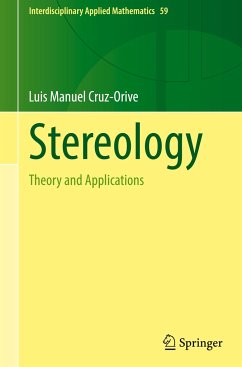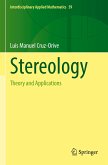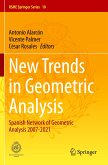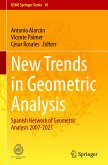This book presents a comprehensive set of methods for quantifying geometric quantities such as the volume of a tumor, the total surface area of the alveoli in a lung, the length of plant roots, or of blood vessels, the number of neurons in a brain compartment, the connectivity number of trabecular bone, the mean size of grains in a rock, etc.. The methods, illustrated by twenty solved case studies, are based on properly sampled slices, sections, or projections of the material, observable under light, laser, or electron microscopy, or under non-invasive radiological devices such as ecography, computed tomography, or magnetic resonance imaging. Thus, the input usually consists of flat images, and the output consists of relevant quantities defined in three dimensions. Stereology is the discipline of providing sampling designs which warrant unbiased estimation of the corresponding quantities, that is, estimation with zero mean deviation from the target. Sampling is usually systematic (i.e., with regularly spaced probes), and sparse (as opposed to reconstructions) and it is thereby efficient and easy to implement.
Stereology is essentially geometric sampling, grounded on integral geometry. The necessary elements of both disciplines are detailed in textbook style, and may be used for postgraduate courses, or to serve the interest of scientists in general. Hitherto no other book on stereology has appeared which encompasses the theory, methodology, and applications of stereology in an interconnected and comprehensive way. The currently available error variance prediction formulae under systematic sampling, and their (non-obvious) derivation, are all gathered, for the first time, in the last chapter. The exposition is augmented by 127 line drawings for the theory, and 27 color pictures of real materials for the case studies.
Stereology is essentially geometric sampling, grounded on integral geometry. The necessary elements of both disciplines are detailed in textbook style, and may be used for postgraduate courses, or to serve the interest of scientists in general. Hitherto no other book on stereology has appeared which encompasses the theory, methodology, and applications of stereology in an interconnected and comprehensive way. The currently available error variance prediction formulae under systematic sampling, and their (non-obvious) derivation, are all gathered, for the first time, in the last chapter. The exposition is augmented by 127 line drawings for the theory, and 27 color pictures of real materials for the case studies.









